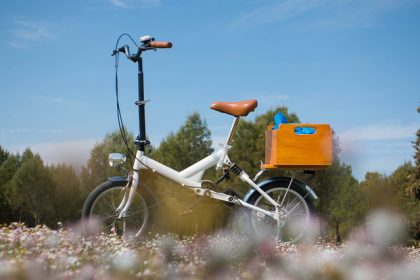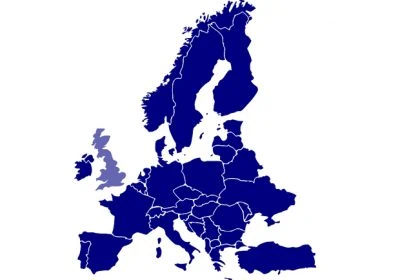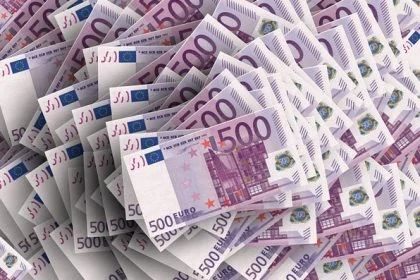The ECJ has ruled on the shape of a bicycle under copyright protection, an overlap between copyright and patent protection. A product in which the technical functionality is a determining factor for the shape can only be under copyright protection if free creative decisions establish originality.

The case brought before the European Court of Justice (ECJ) by the Tribunal de l’entreprise de Liège (Belgium) concerns bicycles. Brompton Ltd. was the holder of a patent on the folding mechanism of the bicycle (foldable in three positions: unfolded, “stand-by” and folded), which later became in the public domain and was produced in the same way by GET2GET (South Korea) after the patent became available. Furthermore, the founder of Brompton Ltd. held a copyright on the appearance of the Brompton bicycle since 1975.
Brompton Ltd brought an action against GET2GET, claiming that there were other three-position folding bicycles on the market whose appearance was different from its own bicycle. GET2GET had infringed its copyright on the Brompton bicycle.
The Belgian court asked the ECJ to clarify the overlap between copyright and patent protection in this case. Can the shape of a bicycle, in which the technical functionality is the determining factor for the shape of the product, even be protected by copyright?
Copyright and patent protection
In practice, this referral question to the ECJ is important because the maximum term of protection for a patent is 20 years, for a copyright it covers the life of the author and seventy years after his death. In addition, the granting of a patent always entails the publication of the patent, since the aim is always to develop and improve the state of the art. So if a product protected by a patent were also protected under copyright law, this would result in a very long period of protection, which would be contrary to EU regulations.
Copyright and patent law in the EU regulations
Articles 2 to 4 of Directive 2001/29/EC provide for copyright in all EU member states. The member states are free to determine the scope of copyright protection and the conditions under which such protection is granted. At the same time, Art. 9 of this Directive assures that legal provisions concerning patents, trademarks or designs would not be affected by this Directive.
And in the absence of full harmonisation of copyright law in the EU, it is important to establish the principle of cumulative protection as a Community design and under copyright law – this is again explicitly mentioned in Regulation (EC) No 6/2002. And Article 8 of Regulation (EC) No 6/2002 provides that a protected design shall not be eligible for protection as a Community design if its features are exclusively dictated by its technical function.
Decision by the national court
ECJ does not exclude a product from copyright protection in principle if its shape is necessary to achieve a technical result. However, the condition for copyright protection is necessarily intellectual creation and free creative choices which express an originality of the ‘work’ (within the meaning of Directive 2001/29). The ECJ ruled that the national courts of the EU Member States must examine whether this is the case for a bicycle.
In the present case, although the shape of the bicycle is obviously necessary to achieve a precise technical result, namely the ability of the bicycle to assume three positions, one of which makes it possible to keep the bicycle balanced on the ground, the Court held that the shape of the bicycle is not in itself a guarantee of originality. And the criterion of originality cannot be satisfied by the components of an object which are characterised only by their technical function, the ECJ stated.
However, it was for the national court to decide whether technical functionality was the sole determining factor in the shape of the bicycle or whether the artistic freedom was left free despite the technical constraints.
Alternative technical methods not relevant
However, the existence of alternative technical means, as claimed by Brompton Ltd. for foldable bicycles, is not relevant in this context, the ECJ ruled, following former decisions in the Doceram case (technical function in design) and the Cofemel case (fashion under copyright protection).
The existence of an earlier and now expired patent would only be taken into account in the decision, the ECJ added, if the patent shows a close connection between the chosen and patented form and the copyrighted product.
Are you also seeking protection for your product?
Our lawyers are experienced in trademark and patent law, national and international law.

Sources:
Judgement of ECJ, EU:C:2020:461
Image:







Leave a Reply